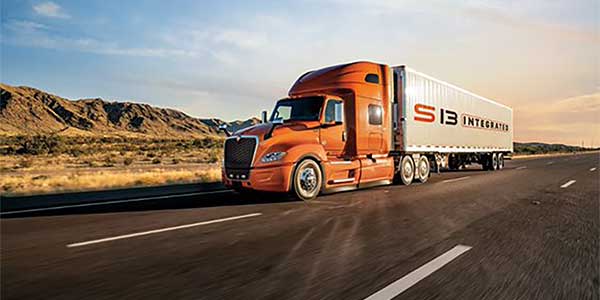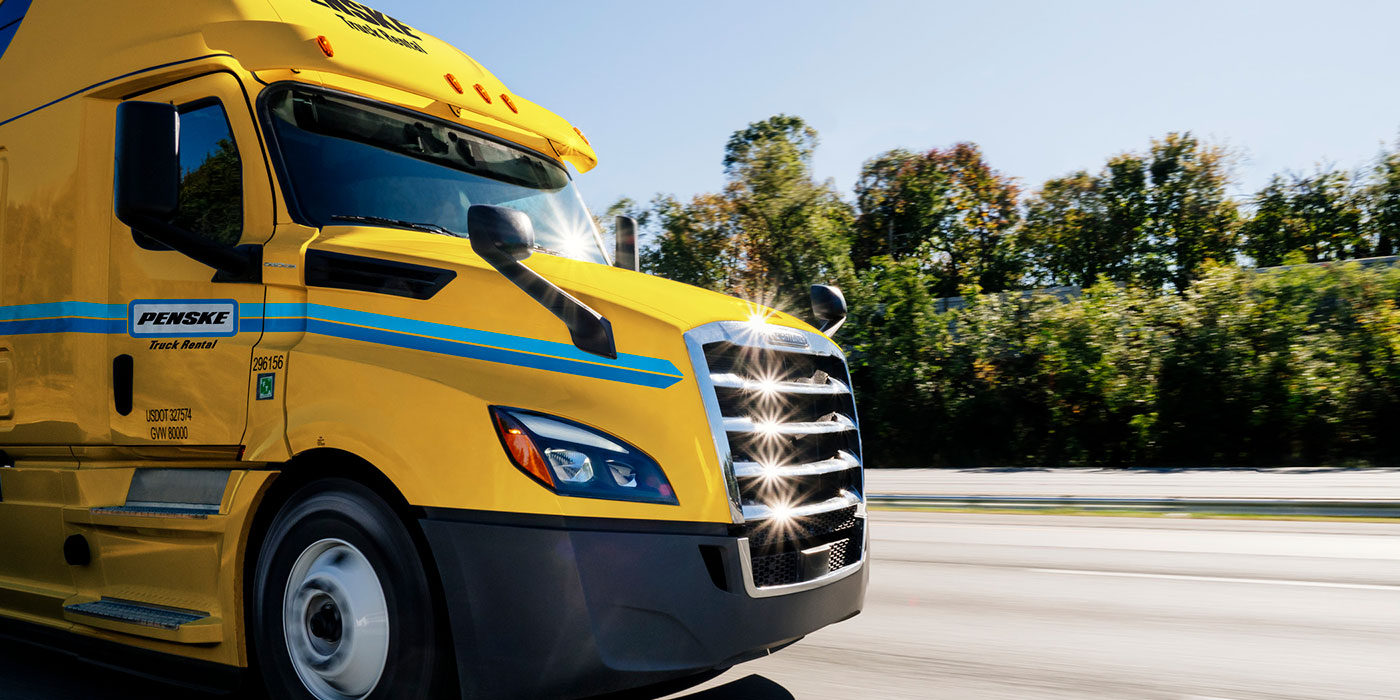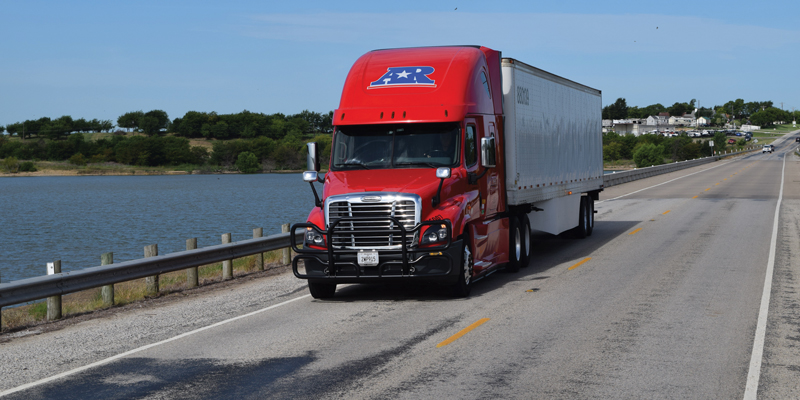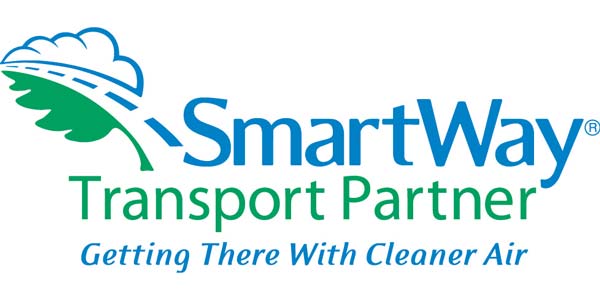We’ve talked about the availability of SmartWay certified tractors on this page several times. Now we can talk about a certified dry van trailer that delivers a proven 6.5% better fuel economy than its non-certified counterpart. Utility Trailer recently introduced its model 4000D-X in a SmartWay configuration, and says that a fleet can expect a 6.5% increase in fuel economy simply by using this unit in place of the equipment it normally runs. Even more recently, the company has introduced an even lighter version that it has named the 4000D-X Composite.
So, how does a trailer design engineer go about putting together a dry van trailer that will qualify for certification? To meet the technical specifications for a trailer that will qualify using the EPA Certified SmartWay mark, he must start with a base trailer of at least 53-ft. in length and incorporate the following components or technologies: aerodynamic side skirts, weight-saving technologies, a gap reducer on the front and/or aerodynamic trailer tails, and options for low-rolling resistance tires (single wides or duals) mounted on aluminum wheels.
With this outline as a start, the Utility design team decided to start with the 4000D-X because of its already light weight, then incorporated Michelin X One tires and light weight Alcoa aluminum wheels. This combination of wide-base single tires and aluminum wheels reduces vehicle weight and rolling resistance and can increase fuel efficiency by a minimum of 1.5%. They then added Freight Wing side skirts and gap reducer, which, according to required SAE J1321 tests, can improve fuel economy by a minimum of four and one percent respectively.
Add up the numbers and you’ll find that Utility engineers delivered the required 6.5% –– an accomplishment proven by both controlled and over-the-road tests. But fleets can go even further; they also have the option of adding an ATDynamics collapsible TrailerTail, which SAE J1321 test results indicate can boost fuel efficiency by 5.1% at 62 MPH and greater than six percent at 68 MPH. Referring to his product, Andrew Smith, CEO of ATDynamics said, “The least aerodynamic way to carry goods down the highway is in a large rectangular box; forward-thinking fleet operators are now getting serious about improving the aerodynamics of their fleets.”
Utility Trailer accomplished its goal of SmartWay certification with the 4000D-X, but the company continues to deliver potential fuel savings. Craig Bennett, Utility’s senior vice president of sales and marketing says, “A SmartWay trailer needs to have a certifiable SAE Type 2 test proving it can save 6.5% of the fuel needed by a tractor trailer rig. Whatever is saved by virtue of low weight is in addition to that, so it’s always good to start with a light weight vehicle. Every 300 lbs. you take out saves 0.2% of your fuel bill.”
The result of this quest to reduce weight is the company’s 4000D-X Composite, which uses the same technology as that used in the polyurethane foam core aluminum exterior side skin panels in the company’s 3000R reefer. The primary advantage in Utility’s polyurethane foam core over the polyethylene core found in common plate trailers is that it has a much lower density. This translates to an even lower weight trailer than the 4000D-X and about 1,000 lbs. less than a trailer using polyethylene.
The 4000D-X Composite will provide fuel savings during its entire service life because of its light weight. Chuck Cole, Utility’s manager of technical sales and product training, says, “Because of the 1,000 lbs. you won’t be pulling, you can expect a fuel savings of between 0.6 and 0.7% all the time and not just when the vehicle is doing over 50 MPH, as is the case with most aerodynamic devices.”
For fleets already participating in the SmartWay Partnership, it might be time to move beyond power units and look at Certified SmartWay trailers. If you have not yet joined the Partnership, to do so would definitely help your bottom line.













